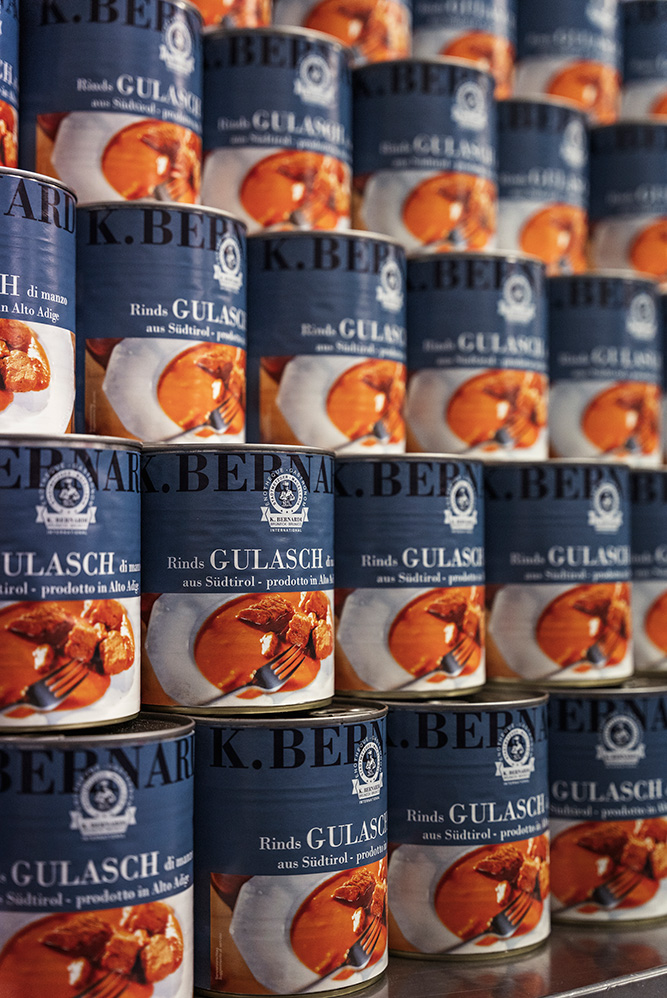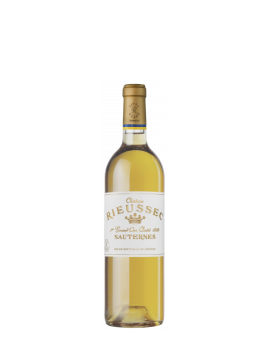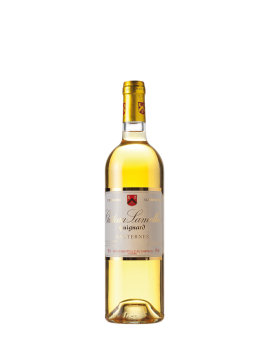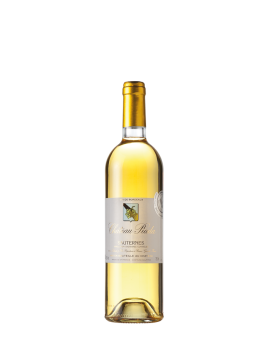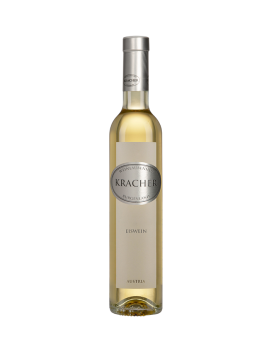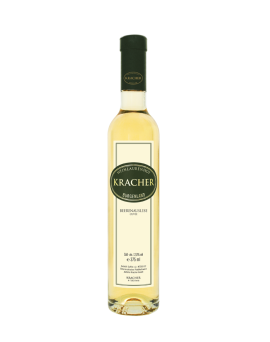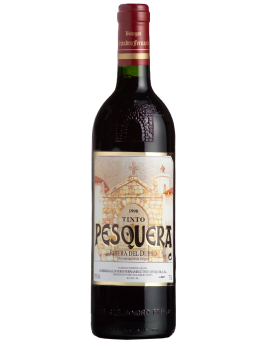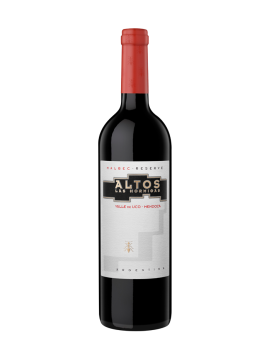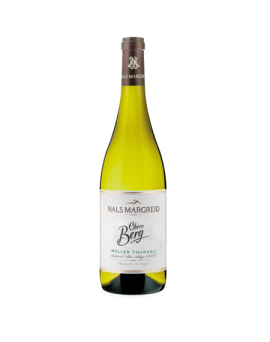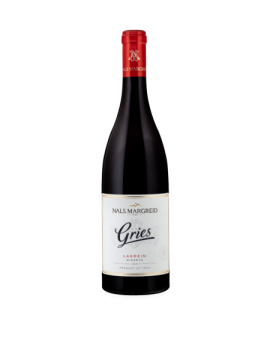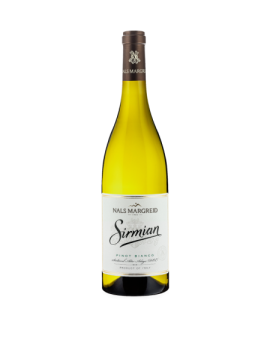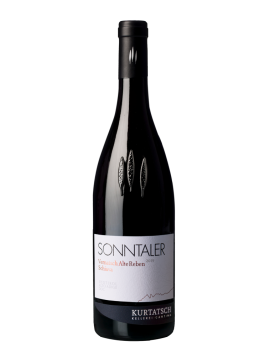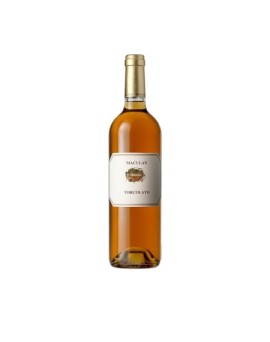Sauternes Chateau Rieussec...
The Sauternes and Barsac AOCs are located south of Bordeaux, specifically in the Graves. Both AOCs date back to 1936. The area known as Sauternais comprises five<br />communes: Barsac, Bommes, Fargues, Preignac and Sauternes; while that of Barsac exclusively comprises the commune from which it takes its name. It is worth noting<br />that these regulations allow Barsac producers to name their wines both Barsac and Sauternes AOC (both are often mentioned on the label), while Sauternes producers can<br />only name their wines Sauternes AOC. The area's soils are of alluvial origin with a good presence of limestone; what gives this area its unique characteristics is the<br />microclimate created by the Garonne and Ciron rivers and its proximity to the Atlantic Ocean: these presences are decisive in favouring the development of pourriture noble,<br />noble rot, on the grapes, creating a unique concentration. The varieties used for the AOC Sauternes and Barsac are: Sémillon, Sauvignon Blanc and Muscadelle.<br />The quality of the wines produced in these areas has a long history, in fact already in 1855 Napoleon III, drawing up the first classification of Crus, recognised Château<br />d'Yquem as the only Premier Cru Supérieur located outside the Medoc, followed by two other categories: Premier Cru (11 Châteaux) and Deuxième Cru (15 Châteaux).<br /><br />Varieties: Sémillon, Sauvignon Blanc, Muscadelle.<br /><br />Vineyards: The Château Rieussec vineyards extend to the border between Fargues and Sauternes: it is one of the largest estates in Sauternes and Barsac and covers 93<br />hectares. The soil is gravelly-sandy-clayey.<br /><br />Vinification: Château Rieussec 1er Grand Cru Classé is aged between 18 and 26 months depending on the vintage in new barrels (50 to 55%).<br /><br />Characteristics: Château Rieussec 1er Grand Cru Classé has a beautiful, brilliant golden colour. This Rieussec has a remarkable aromatic freshness, linked to the unusually<br />high proportion of Sauvignon in the blend (25%). Aromas of citrus fruits, honey and candied apricots are accompanied by well-integrated oak notes. Citrus aromas<br />predominate on the palate, while the finish is long with a touch of spice.<br />
Price
€62.20

